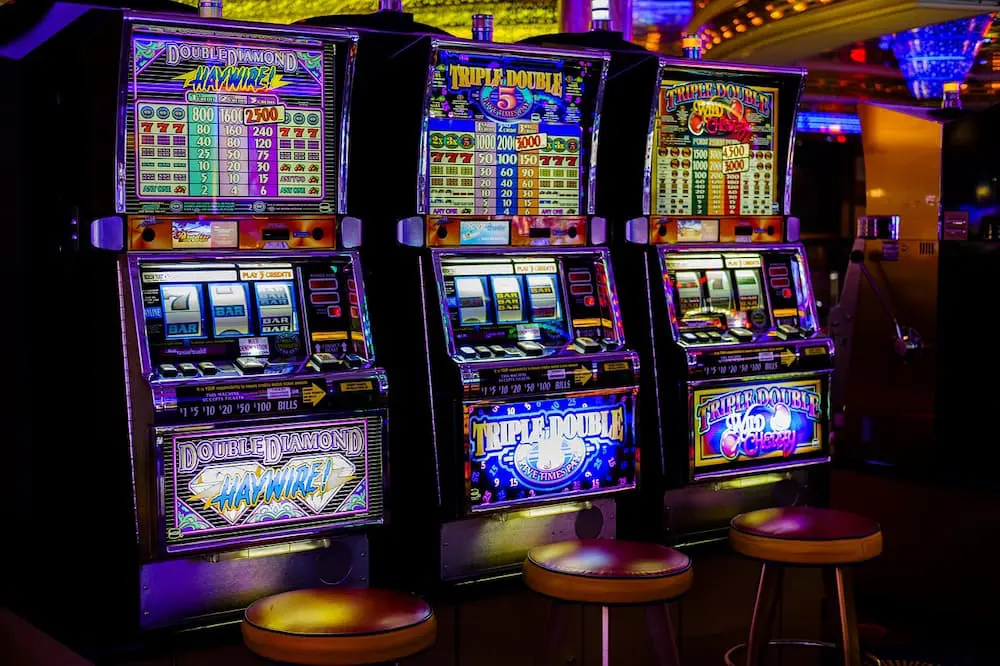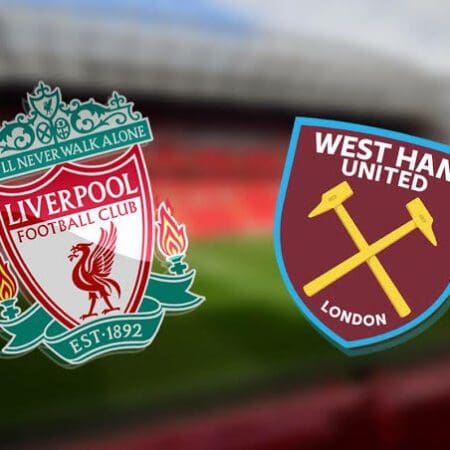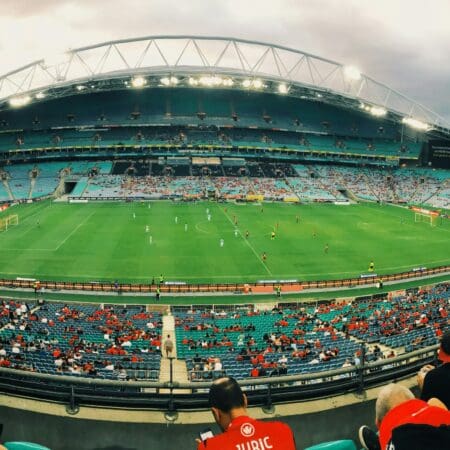Quick Navigation

Photo: CC0 Public Domain
To stay top of the list in offering the best gaming experience, casinos must feature a rich games lobby that includes both classic and new games. However, this is just one of the things that players look for in a casino, in essence, there are other things that are important for operators and players alike. For instance, the RTP (return to player) percentage.
Whether you are a novice to casino gaming or you’ve ever tried spinning the reels of an online slot machine, you have probably encountered the term RTP. And although you might be struggling to get its meaning, the RTP (return to player) percentage is one of the most vital factors for casino gaming. The RTP parameter or the return percentage of the slot is the basis of a casino’s pay rate in terms of winnings. In other words, the higher the casino’s RTP, the higher the casino players rate their chances of winning.
Before you start your gaming ventures, read on to get all the information you need to know including the meaning of Return To Player, who determines the RTP, how to calculate the RTP in slot machines, and the difference between Return To Player and House Edge among others.
What does RTP Mean?
First things first RTP is an acronym for Return To Player Percentage which is the total amount (expressed as a percentage of the total bets) a slot or a game, either online or offline, returns to the player in form of winning.
RTP is also known as player payout and it expresses the percentage ratio of winning bets to the overall bets placed by a player. For instance, let’s take the Return To Player of a certain slot machine to be set at 96%. If a player makes numerous bets with the same bet of 1 USD, then according to the theoretical RTP value, it will turn out that the player wins 0.96 USD in each game played.
RTP is just a theoretical indicator of the percentage of bets a slot machine or a casino will reward or return to the player as winnings. Although the RTP of a casino game or online slot machine is not the most accurate measure, it is an excellent way to gauge the amount of money a game will pay out. Note however that the theoretical RTP differs from the actual RTP. Apart from the RTP, the odds of winning when playing a slot depends on many other factors like variance, volatility, hit frequency, and bonus frequency.
How to Find the Highest RTP Slots:
Finding the slots with the highest RTP can be a very frustrating task, as many casinos opt out of having them in their inventory. This is done because high RTP slots don’t convert well for the casino and are far more beneficial for the player. Worse yet, discovering what the best RTP slots are can be a time-consuming task in and of itself. Luckily, there are many resources that help you test the top RTP slots in seconds.
The best resource we have come across can be found on the casino comparison site Bojoko. We recommend them because they have not only created a clean rundown of the highest RTP slots available to UK players, but they have also added precisely where you can test every single one. You will also be able to see the exact RTP of each of the 15 best RTP slots, along with additional information so you know exactly what to expect.
The Significance of RTP to Casino Players
Based on the previous slot wins, however, RTP can help calculate the likelihood of winning at a particular slot game. It is no doubt that Return To Player is an important measure of probability and can give you a house advantage once you know the best-paying slots. Remember that casino gaming is a high-risk activity and thus taking calculated risks is crucial to every player.
If you are a slot fanatic, knowing which slot machines to choose is of utmost importance when choosing a slot. In other words, RTP helps you make a more informed decision when choosing the casino game to play.
Although the Return To Player is just a theoretical value, it matters to players who play casino games regularly. To be precise, the RTP value affects the gaming strategies of regular players and they usually tend to look for operators with higher payouts. Believe it or not, it is unlikely that you will match the stated RTP in a single casino gaming session but with regular play, the theoretical RTP will even out eventually. Mathematically, we can express the long-term Return To Player calculation as follows:
RTP = (win1+win2+…win100)/(bet X 100) X 100%
Calculating The Return To Player – Explained
Calculating the Return To Player is a straightforward process that involves just a few aspects into consideration including the total wins and the total bets placed on a particular slot game. To do your RTP calculation, simply divide the overall amount returned (won) to you on a particular game by the total amount of bets placed. Mathematically expressed as:
Return To Player = (wins sum/bets sum) X 100%
Knowing how to calculate RTP gives you a better chance of playing the games that will increase your chances of winning. Typically, casinos that feature a higher Return To Player percentage of no less than 94% offer greater chances of winning. Nevertheless, this doesn’t mean that online slots with RTP percentage of less than 94% are not great gambling sites – to understand this fact, you need to know about volatility which we’ll discuss later.
In the contrast, calculating the Return To Player of certain casino games can be quite a challenging task. For instance, the RTP of table games like Blackjack, Roulette, Poker, Craps, and Baccarat depends on the bet amount and the gaming strategies of a player. In this case, a game like Blackjack which requires plenty of skills may favor skilled veterans as compared to unskilled players who may beat the dealer’s hand but still bring down their payout rates.
Who Sets the Return To Player Percentage?
Having known the RTP, you might be wondering who sets it. To answer this question, let’s start with the basics. Casino games are produced by software developers in the iGaming industry. After developing a new game, the software developer is required to add a random number generator (RNG) to the new game platform.
The RNG ensures that each game round is independent and not predetermined. For fairness and player protection, audit labs like eCOGRA, BMM, and iTech Lab regularly test RNG for randomness. After testing and licensing, the software developer can then use this RNG for games. The audit lab and the software developer using a licensed RNG can then activate audit programs that run thousands of spins within no time. Note that the RNG algorithm used is the sole determinant of the RTP.
RTP & House Edge – What Is The Difference?
Return To Player and House Edge are two casino concepts that are often confused. While RTP is the average amount of money that a casino slot or a casino game pays back or returns to a player over a long period (expressed as a percentage), the House Edge on the other hand is the opposite of RTP. In other words, the house edge is the mathematical advantage of a casino and it is also expressed as a percentage.
For example, if the RTP for the slot machine is 97%, then the House Edge will be 3%. Based on this example, note that the casino often referred to as the “House” always wins. In other words, although casino players can win in the short term, the total amount of money they wager in the long run will eventually exceed the sum they win.
Online RTP Vs Offline RTP
If you are a slot fanatic, you might have already discovered that the online RTP is greater than the offline Return To Player percentage. Typically, online slot machines have a higher RTP compared to offline slot machines majorly because the cost of running an online casino is much lower. Besides, slot fanatics can play hundreds and even thousands of online slots unlike in a land-based casino where slots are limited to the size of the premises. Offline casinos can only accommodate physical slot machines ideal for their size and they require added costs for installation, repair, and periodic setup.
Variance & Volatility
As we’ve already seen, a high RTP does not necessarily mean that you are more likely to win big since other factors come into play including volatility and variance.
Variance
Variance depicts the variation from the RTP and it is the difference between the player’s expectation (actual theoretical payout) and their results. To understand variance, let’s consider an example in which an online slot has a 96% Return To Player. In this case, a player expects a return of $0.96 from each $1 bet. But due to the RNG, the payout may differ from the RTP set by the developer. In such a case, the player may notice that the real payout is more than 100% on a winning round and less than 100% on a losing round.
Variance spices things up thus offering slot lovers exciting gameplay. If you are lucky, you can hit a massive win on your first spin and walk away with millions. On the other hand, if variance works against you, you might end up in the red.
Volatility
Volatility is also known as dispersion and it is the measure of how often and the amount of winnings that players can grab in a particular slot game. Volatility ranges from low to high. If a slot has low volatility, it is programmed for frequent and smaller wins. On the other hand, a slot with higher volatility has a higher RTP and big wins but it is programmed for less frequent wins.
Final Words
The bottom line is that an RTP is a very important parameter for any gamer. Most importantly, the Return to Player Percentage helps determine the highest-paying casinos. Since gambling is an expensive venture, finding the best payout slots and casino games comes in handy with extending your real-money bankroll and securing additional wins.














